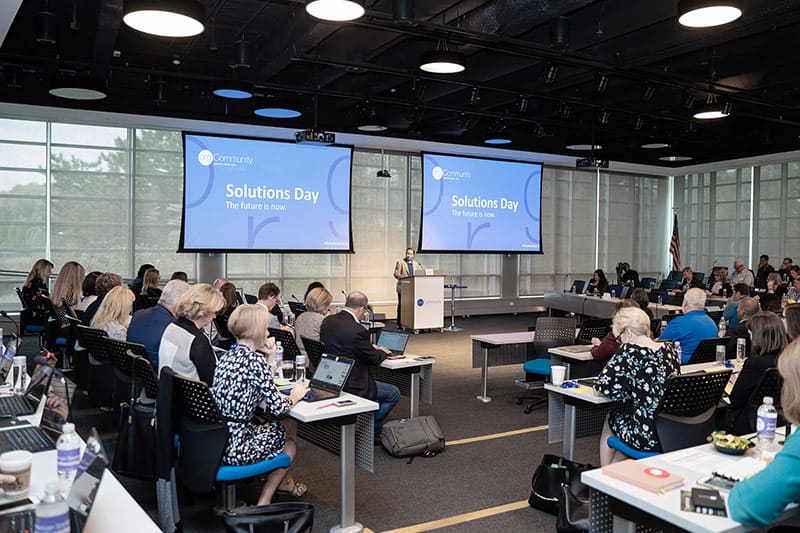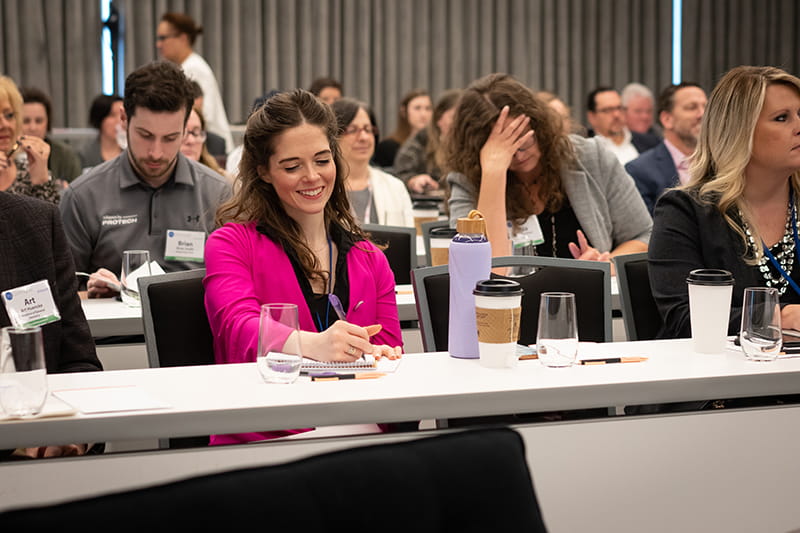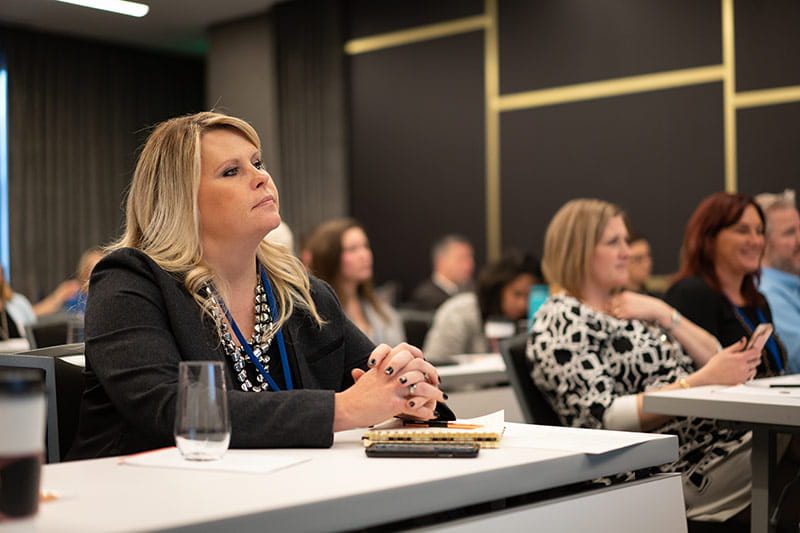BY DOUG KLEGON
I recently came across an article discussing how Lego came back from near extinction (https://www.theguardian.com/lifeandstyle/2017/jun/04/how-lego-clicked-the-super-brand-that-reinvented-itself). There seemed to be several lessons for associations. Following a period of disastrous diversification, in 2003 Lego found itself $800 million in debt with sales down 30%. Lego’s CEO Jørgen Vig Knudstorp—the person who turned things around—is quoted as telling colleagues: “We are on a burning platform…We’re running out of cash… [and] likely won’t survive.” But not only did they turn things around, they thrived. BY 2015 the Lego Group had emerged as one of the world’s most powerful brands, the number one toy maker in Europe and Asia and number three in North America where sales topped $1 billion.
There are of course many factors associated with the turn around, but a few things stood out for me. First Lego simplified its product line, halving the number of individual pieces it produces from 13,000 to 6,500. It then focused on what it knew best, dumping things it did not have expertise in such as the Legoland parks.
Once Lego got rid of things outside its core expertise, it was free to expand the breadth of its presence by partnering with others. According to Simon Cotterrell from the brand analytics firm Interbrand, “What’s made them successful over the past 10 years is their ability to create new entities, movies, TV shows, by partnering with brilliant people. They’ve said: ‘We might not make as much money if we outsource it, but the product will be better… We’re engineers. We know what we’re good at. Let’s stick to our knitting.’ That’s a very brave thing to do and it’s where a lot of companies go wrong. They don’t understand that sometimes it’s better to let go than to hang on.”
Another thing Lego did was to invest in getting to know its customers. Lego is said to have conducted the largest ethnographic study of children in the world, engaging in a process they call “camping with consumers.” According to Anne Flemmert Jensen, director of Lego’s Global Insights group, “my team spends all our time travelling around the world, talking to kids and their families and participating in their daily lives.” And, of course, Lego is staying up on technology, increasingly concentrating on bridging the physical and the virtual. For example, it rolled out Lego Life, a social network for kids too young for Instagram to share their creations.
As I was reading all this I kept thinking about Associations. How well do associations focus their products and services on what they know best—what they are well qualified to deliver? Are superfluous content and weak products periodically pruned from the product portfolio? Are associations ready to partner in meaningful ways to expand the value they provide to their customers? Do associations take the time to get to know their customers—both through use of behavioral data as well as voice of the customer input? Do associations embrace the strategic benefits of technological innovation? While Associations operate on a much smaller scale than Lego, many of the same types of challenges and solutions are relevant. Focusing on what you are good at, partnering with others, paying close attention to customers and being open to innovation make sense for any organization.
PS. If you like listening to entrepreneurs tell the story of how they started their companies, I recommend the NPR Podcast, “How I Built This.”


